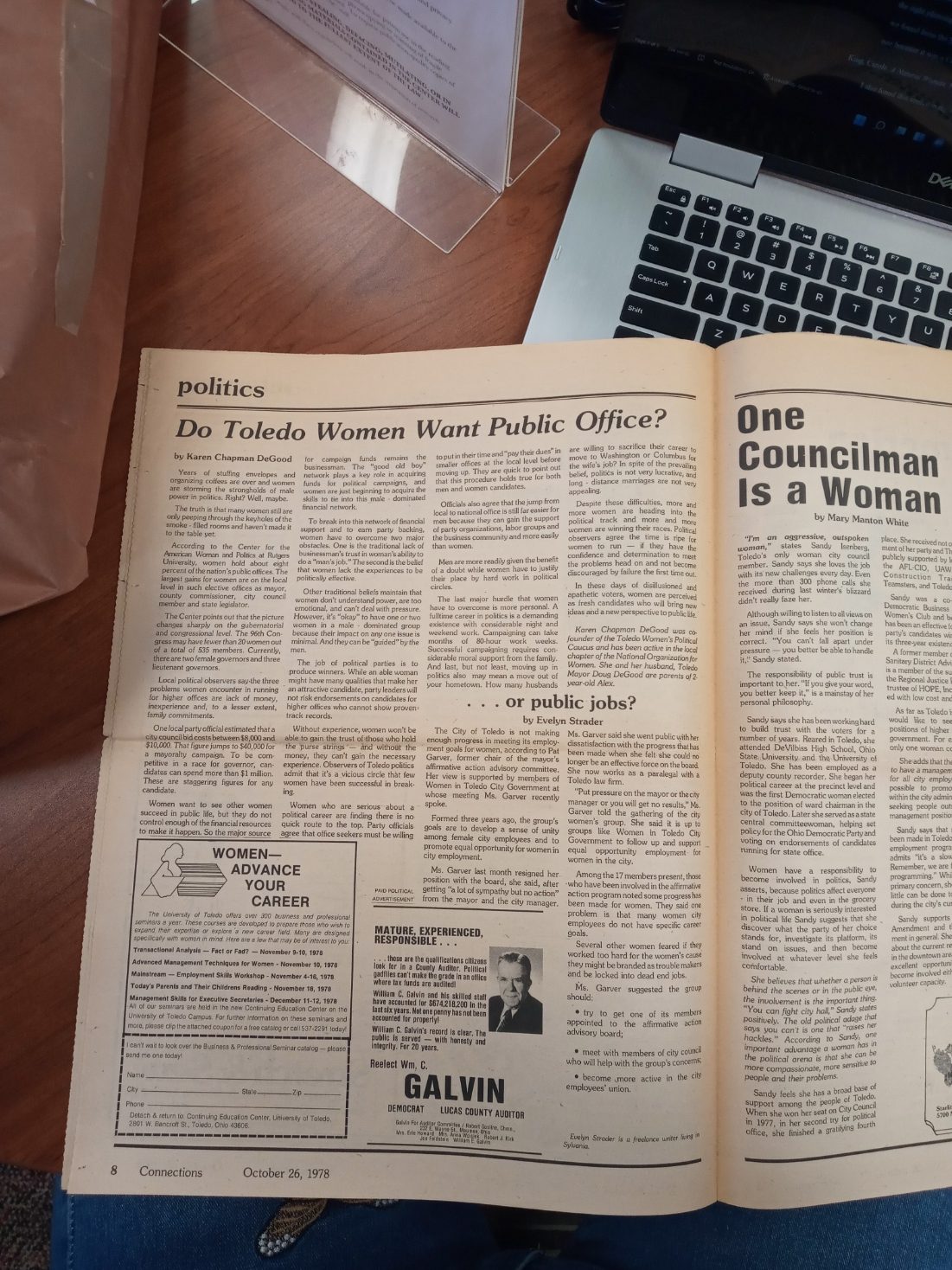By: Meredith Cass
Some people know that person who believes that feminism is no longer necessary. Their reasoning? They say that women have equal rights and wages with men. What if I told you that wasn’t true? In theory, women do have these things with the passage of much legislation. In practice, there is still a lot of work today.
Americans have a false memory of second-wave feminism as being successful. 30% of Americans think that feminism is outdated. Additionally, young women today are said to associate “the term ‘feminism’ with man-hating, lesbianism, or lack of femininity.” All this talk of a false memory but what was second-wave feminism?
Second-wave feminism officially began in the 1960s and lasted until the mid-1980s. This wave can be separated from the other waves as it focused on issues like women in the workforce, equal wages, reproductive rights, and sexual violence against women. During second-wave feminism, the public criticized feminists of this period by associating them with man-hating, lack of femininity, and bra-burning. This is what puts women off from feminism today. This is a large generalization and not all feminists of the time period were like that. It is logical to assume the negative views of feminism today are due to the false memory of second-wave feminism. However, second-wave feminists were known for their protests.

According to memory, they were successful with the passage of the Equal Pay Act of 1963. This act requires employers to pay women the same wage that they pay men. However, that did not happen right away.
About a decade after this, the Woman’s Caucus of BGSU wrote to the then-interim president, Dr. Michael Ferrari. The letter explains that they have been asking for equal wages for years and due to the University’s lack of compliance they have reported it to the government. This goes to show how much the Equal Pay Act did not work in practice.

This wasn’t happening just in Bowling Green. A few years later an article was published showing that the city of Toledo was doing nothing to help get women into the workforce. Women still thought their only best option was to work in the home. Perhaps, women preferring to stay at home was a case of women’s intuition.

This is not just a problem of the past women. For every $1 a man makes, a woman only makes 82% of that which is 82 cents. Some may argue this is due to women working fewer hours than men. This is due to women feeling more of an obligation to take off work to watch their children than men do. The expectations for women did not improve, they just changed.
The other major issue of this movement was sexual violence against women. Their main method for combating this was trying to raise awareness about this issue. I bet you couldn’t guess about its success.
Women’s clubs at BGSU handed out flyers detailing what common myths about rape were. These flyers that were handed out in 1985 revealed some facts were that women were likely victims, 48% of rapists knew their victims, 47% of rapes occurred in the victim’s home, and only 1 in 5-12 were reported.

These seem pretty familiar, right? That is because the numbers are no better today. Statistics reveal that 1 out of every 6 women are attempted rape or rape victims, 55% occur at their home, 70% are committed by people they know, and the majority of assaults are not reported as for every 1000 accused, 994 walk free. If anything, these statistics are worse than before.
It is clear to see that second-wave feminism never achieved its goals despite the common view that it did. People remember second-wave feminism as being successful when it was not, and this has led to negative views about feminism today. Feminism is still very much needed. How will feminism today fix these issues?